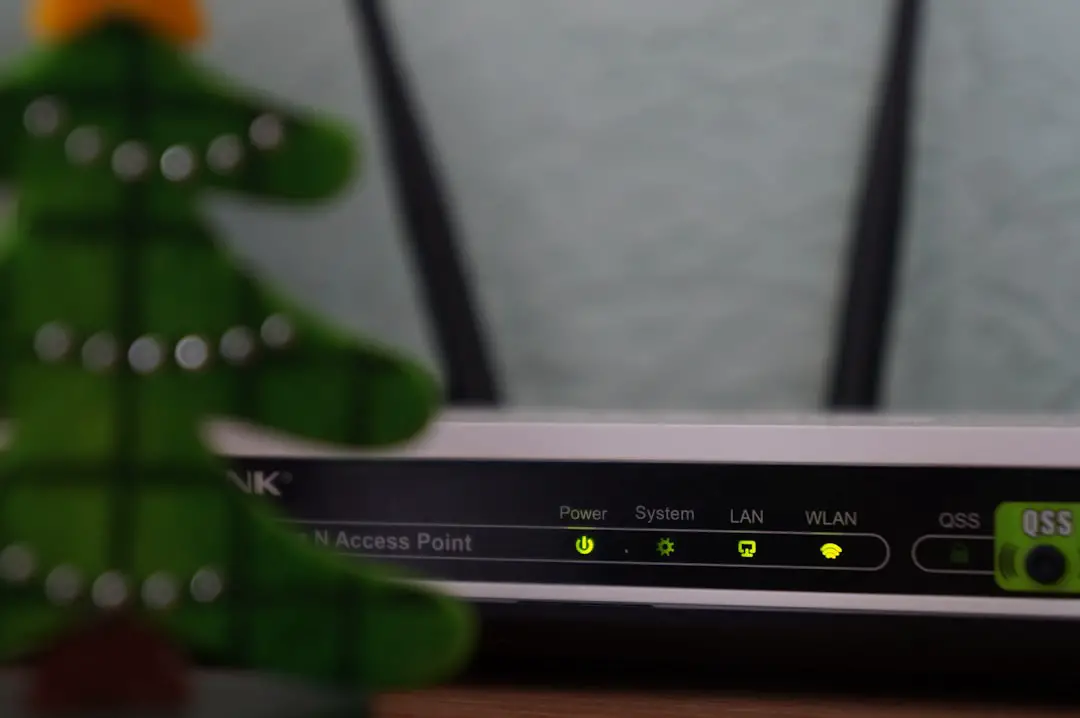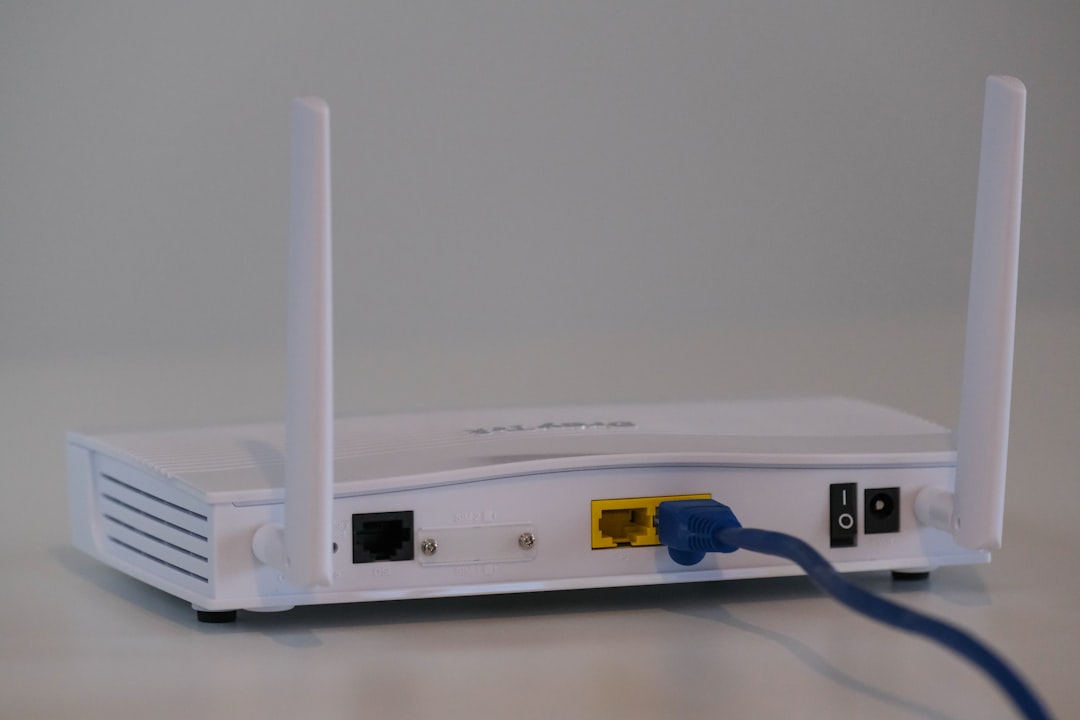The Internet of Things, or IoT, is changing our lives in big ways. From smart thermostats to doorbell cameras, more American homes are filled with connected devices than ever before. But with great tech comes great responsibility—especially when it comes to security.
You don’t want your smart fridge tattling your snack habits to strangers, right? Let’s dive into some fun, simple ways to lock down your smart stuff and keep your digital life secure.
1. Change Those Default Passwords
This is security rule number one! Most IoT devices come with default usernames and passwords. Sadly, hackers know them too.
- Always change the default login info NOW.
- Use strong, unique passwords. And yes, that means no “123456”.
- Consider a password manager.
Think of it like giving your robot vacuum a secret handshake.
2. Keep Devices Updated
Manufacturers release updates for a reason. These help fix bugs and patch security holes.
- Turn on auto-updates if your device has that option.
- Set a reminder to check for updates monthly if it doesn’t.
- Subscribe to the product’s newsletter, if available, to get update news.
Don’t skip this. An outdated camera could be a hacker’s window into your home.
3. Use a Separate Wi-Fi Network
Most modern routers allow you to create multiple Wi-Fi networks. This is perfect for separating your laptops and phones from smart devices.
- Create a “guest” network just for your IoT devices.
- Give it a different, strong password.
- This limits the damage even if a smart toaster misbehaves.

4. Turn Off What You Don’t Use
Many smart devices come with features you may never use. That’s okay! But if you’re not using them, it’s safer to disable them.
- Disable remote access on devices unless it’s necessary.
- Turn off microphones or cameras when not needed.
- Look through each device’s settings and tweak what you don’t need.
Less is more when it comes to smart features!
5. Monitor Your Network
Keep an eye on what’s going on at home—even when you’re not home.
- Get a router that shows you which devices are connected.
- Use an app that alerts you if a new device connects.
- Try free tools like Fing to scan your Wi-Fi network.
You’ll feel like a tech spy in your own home (minus the tuxedo).

6. Buy Smart, Stay Smart
Not all smart devices are created equal. Before you buy, do a little homework.
- Read reviews—especially on security issues.
- Stick to trusted brands with a good track record.
- See if the product offers regular software updates (big one!).
Sometimes spending a little more saves you big-time stress later.
7. Use Two-Factor Authentication (2FA)
If your smart device app offers 2FA, turn it on.
- It adds an extra step when logging in—usually a code sent to your phone.
- Even if someone gets your password, they’re still locked out.
- This is a game-changer for account safety.
2FA is like a digital bouncer keeping the riff-raff out.
Final Thoughts
IoT tech makes life easier, but it opens the door to digital risks. With just a few simple steps, you can take back control and enjoy your smart home with peace of mind.
Remember:
- Update regularly
- Use strong, unique passwords
- Separate your networks
- Turn off what you don’t use
Now go forth, American smart homeowner! Tweak those settings and show your smart speaker who’s boss!
